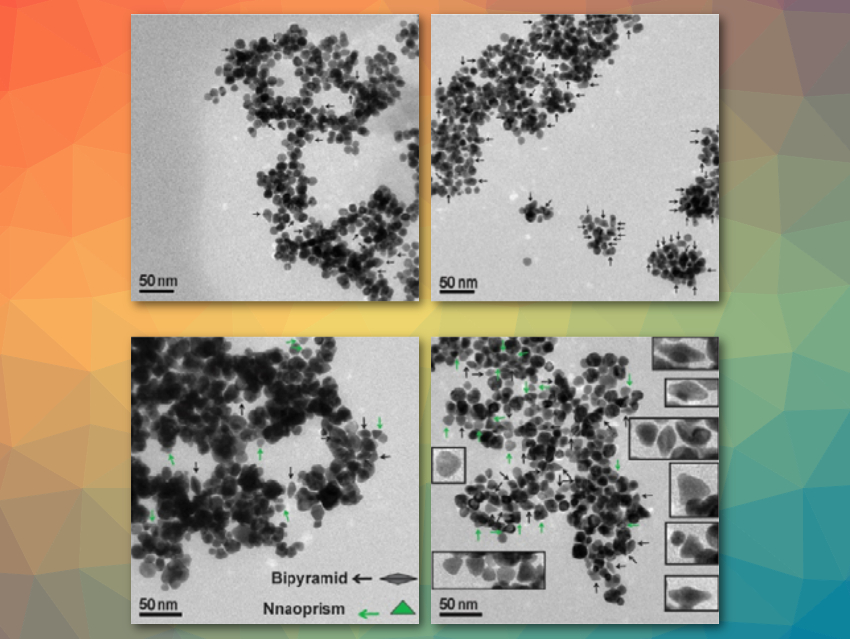Synthetic systems with “life-like” behavior may lead to artificial cells. Researchers in the field of systems chemistry have suggested using feedback-controlled processes, such as bistability and oscillations, to simulate functions often observed in cellular signaling systems. Existing synthetic bistable networks, i.e., reaction networks with two steady states, have been used to create “chemical memory”. However, none of these networks had been used as a “molecular programming tool” for the design of nanoscale materials so far.
Indrajit Maity, Ben Gurion University of the Negev, Beer Sheva, Israel, and University of Freiburg, Germany, Gonen Ashkenasy, Ben Gurion University of the Negev, and colleagues have combined two independent reactions to produce a system in which the outputs of a bistable network serve as inputs for nanoparticle formation and assembly (pictured below). The system is based on a reversible trans‐thioesterification reaction between an electrophile peptide E and a nucleophile peptide N to produce a replicator R and a thiol leaving group S. This reaction shows bistability, i.e., two different steady states are obtained depending on the starting compositions. These states are called high steady state (Hss) and low steady state (Lss).
The output of this bistable reaction network was then used to influence the shapes and sizes of gold nanoparticles, which can be changed by interactions with, e.g., free thiol groups. The Au nanoparticles were synthesized using NaBH4 as a reducing agent. The team found that this “programmed” nanoparticle formation reaction and growth (NRG) process resulted in different Au nanoparticle shapes and assemblies depending on the output of the reaction network (examples pictured at the top).

Just like biological bistable systems, the network can be switched between its two steady states, which then has effects on the coupled downstream processes. This new approach, where a bioorganic circuit controls the properties of inorganic materials, could be a step towards the synthesis of more complex nanomaterials for various applications.
- Signaling in Systems Chemistry: Programing Gold Nanoparticles Formation and Assembly Using a Dynamic Bistable Network,
Gonen Ashkenasy, Indrajit Maity, Dharm Dev, Kingshuk Basu, Nathaniel Wagner,
Angew. Chem. Int. Ed. 2020.
https://doi.org/10.1002/anie.202012837



![Synthesis of [c2]Daisy Chains via Mechanochemistry](https://www.chemistryviews.org/wp-content/uploads/2025/04/202504_RotaxanesWithSolidStateMechanochemistry-125x94.png)
